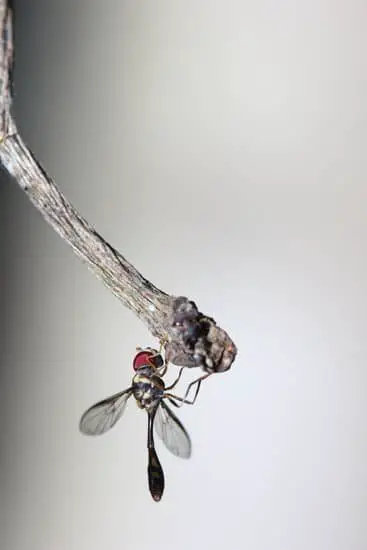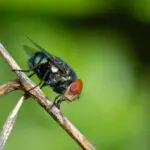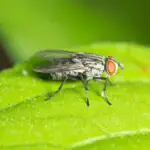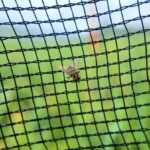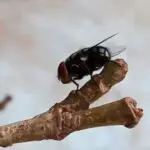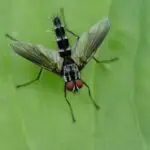Can Fruit Flies Detect Cancer?
Fruit flies have a very advanced olfactory system and are able to detect cancerous cells and other volatile molecules. This ability may allow scientists to create a noninvasive electronic device that can detect cancerous cells. This research also demonstrates how flies can differentiate between different types of cancer.
The fruit fly’s antennae detect odor molecules and activate receptor neurons. This results in a series of fluorescent patterns on the antennae when the neurons are activated. This imaging technique was used to study the response of neurons to five different types of breast cancer cells. The findings were then compared to the responses of healthy cells.
Currently, only four types of cancer are routinely screened, including colon, rectum, and prostate. The remaining 80% of cancers are undetected and require timely detection. This new technology could broaden the range of screening tests. Researchers at Mount Sinai Hospital in New York have started working on an animal-based method of cancer detection.
The scientists behind the experiments use the Drosophila as a model organism for research on cancer. This is an ideal system because flies produce tumours very similar to those seen in humans. This makes it possible to screen drugs and drug combinations for their anti-tumour activity. The screenings in flies have identified hundreds of molecules that have anti-tumour properties. These molecules are now being studied in human tumors and other vertebrates.
